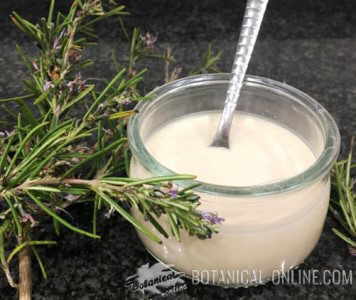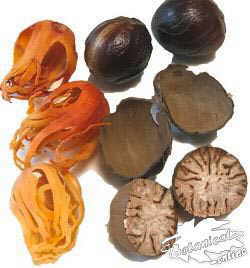Contents
Classes of vitamins
How many kinds of vitamins are there?
There are 13 vitamins that are classified into two groups:
What are fat-soluble vitamins?
They are those that only dissolve in fats. They are stored in body fat, especially in the liver where they constitute a reserve that will be used if necessary. This determines the fact that they do not need to be eaten daily.
Types of fat-soluble vitamins
The fat-soluble vitamins are:
- Vitamin A: It appears in the retina of the eye in components called retinoids. It was the first vitamin that humanity recognized.
- Vitamin E: Vitamin E is considered the heart’s vitamin, since it is necessary to have the needs of this vitamin covered to have a healthy heart.
- Vitamin D: the advantage of taking 10 or 12 minutes of sun between 8 in the morning and 3 in the afternoon every 2 or three days a week is that our body needs the sun’s rays to produce vitamin D, reason whereby this vitamin is known as the solar vitamin
- Vitamin K: This vitamin is necessary for the coagulation of blood. Precisely, the name of this vitamin comes from the first letter of the Danish name Koagulation = coagulation
What are water-soluble vitamins?
Water soluble vitamins are those that dissolve in water. Unlike the previous ones, the body can not store the leftovers that are eliminated, so it is necessary to take it every day. The water-soluble vitamins are: vitamin C and the entire vitamin B complex (folic acid, pantotheic acid, biotin, cobolamine, niacin, riboflavin, pyridoxine and thiamine)
Types of water-soluble vitamins
- Vitamin C: Vitamin C or ascorbic acid is the most used of all. It was discovered in 1928, although one already had an idea of its existence previously when the sailors who went to America took lemon juice to cure the scurvy.
- Vitamin B: The vitamin B complex consists of a set of vitamins, all very similar, that act in common to get our body to manifest good health. All B-complex vitamins are water-soluble, that is, they dissolve in water. The vitamin B complex is constituted by the following vitamins:
- Vitamin B1 (Thiamin): The lack of thiamine was responsible for the appearance of beriberi, a disease that was very common in all countries of the world when the diet was centered almost exclusively on refined cereals.
- Vitamin B2 (Riboflavin): It was in 1933 when a group of Swiss researchers discovered a new vitamin called “riboflavin”.
- Vitamin B3 (Niacin): Niacin can occur in the form of nicotinic acid and nicotinamide that are obtained directly from food. You can also obtain from tryptophan an amino acid that the body obtains through the help of the B vitamins from the food proteins.
- Vitamin B5 (pantothenic acid): The name pantothenic is because this vitamin can be found in virtually all foods so it is very difficult to have deficiencies, even more when the body is able to synthesize it from intestinal bacteria.
- Vitamin B 6 (Pyridoxine): The name of this vitamin comes from the Greek “piros” which means “fire”. The reason for this name is because it is synthesized from pyridine, a colorless liquid with a bad smell, from which numerous medicines are extracted and which is highly flammable.
- Vitamin B7 (Biotin): The word biotin comes from “bios” which means life, given the importance that this vitamin has for our body to function well.
- Vitamin B9 (Folic acid): The name “folic” comes from the Latin form “folia” which means leaf. The reason for this name is due to the fact that this vitamin was discovered for the first time in the 40s in the leaves of spinach.
- Vitamin B12 (Cobalamin): Although the amount of vitamin B12 that the body needs is very small, this element is essential for the organism, given the importance it has in the proper functioning of it.
- Choline: Deficiencies of this vitamin cause problems in the liver and in the mind.
- Inositol: The main vegetable sources are whole grains, citrus fruits, beans and nuts.
- PABA: PABA can be found as a component of many sunscreens since it is able to prevent the passage of ultraviolet rays, so it protects against the negative effects of solar radiation.
- Lipoic acid: The properties of lipoic acid as a participant in the production of energy and as an antioxidant in recent years have been increasingly praised.
![]() More information on vitamins
More information on vitamins








